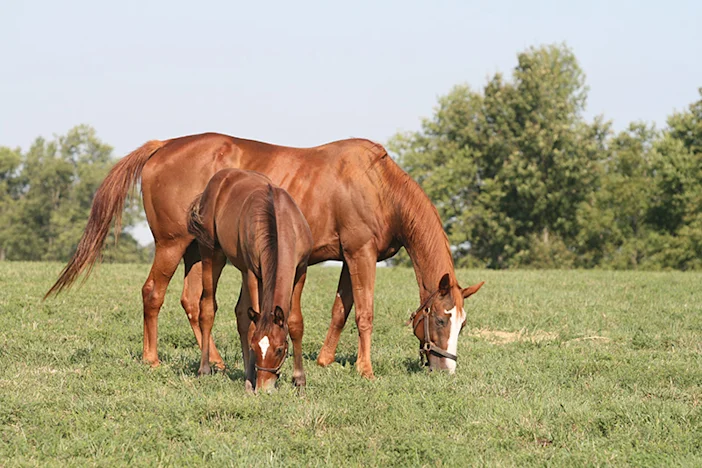Close
Our Products
All Products
Pleasure
Performance
Conditioning
Fibre
Breeding & Stud
Racing
Specialty
Supplements
Quick Feed finder
Free Diet Analysis
The Complete Range
Nutrition Centre
Articles
All About Fibre
Feeding for Condition
Competition Season
Laminitis
Breeding
Foal care
Building Topline
Gut Health
Senior horses
Racing & Breeding
Feeding in a Drought
Tools & Calculators
Competitions / Offers
Our Riders
Brand ambassadors
Junior Squad
About Barastoc
Why Barastoc
Our commitment
Barastoc's People
Our communities
Partnering with KER
Partnering with BHF
Sustainability
Find a Stockist
Contact Us

Spring feeding and insulin resistance
In many parts of Australia we have endured severe drought with the pasture base being totally destroyed. During winter we have had some rain and the temperature has remained quite mild. What this potentially means is that when a spring flush occurs horses that have not been consuming much pasture at all will be a risk of laminitis and other glucose metabolic problems.
Horse owners should be acutely aware and prepare to manage their horses accordingly to avoid problems.
Laminitis Risk
The concern here is that some horses are heading into spring with less condition than they have done previously. If the meteorologists predictions are correct we will have a longer spring this year which will produce an abundance of pasture and prolonged growth. If not managed correctly our horses without any metabolic concerns may gain condition rapidly and could be at potential risk of becoming obese and suffering from episodes of laminitis.
Horses and ponies that are known to be at risk of laminitis and suffer from equine metabolic syndromes will be at greater risk earlier and potentially for a prolonged period this year.
Management and feeding practices need to be addressed now to reduce problems that may manifest later in spring. As many of us and our horses are on hiatus at the moment we are not unrugging our horses as regularly as usual. We need to be constantly monitoring the Body Condition Score of our animals. If you notice that your horse / pony is gaining condition it is time to enact a diet and management change.
Weight Management
Early spring grass and constantly gazed pasture is constantly in a growth phase during spring. Nutritionally this means that it is going to be considerably high in sugars that are readily digestible. Rapid weight gains can occur if you are not altering your feeding plan. For owners that are supplementary feeding their horse I would suggest re-evaluating their diet.
You can look at several dietary scenarios from limiting pasture time availability. This may be throught with danger as studies have shown that a horse will quickly adapt to consume as much pasture as a non-contained horse when ponies are restricted to 2-3 hours grazing time.
Another alternative is to introduce a lower calorie dense roughage source such as mature pasture hay. Potentially this will reduce the amount of pasture consumed during the day. As part of this feeding change we need to reduce the total amount of calories / energy consumed in a day. If you are feeding several kilograms of supplementary feed per day I would suggest consulting an equine nutritionist and rebalancing your horse’s diet to recalculate the amount of nutrients your horse is receiving from pasture. This may mean changing from a full feed to a vitamin and mineral supplement with some chaff or a balancer pellet to still maintain sufficient nutrients such as vitamins and minerals but dramatically reducing the amount of calories your horse is consuming.
Some other management practices to assist in either reducing calorie intake is to put a grazing muzzle on your horse which we know they all love. Another practice is actually increase the horse’s energy requirements. We do this by exercise. 30 -45 minutes of exercise can increase the horse’s energy requirements from 25-40%. If you are not intending to start riding your horse for another month or so it may be wise for their health to start this sooner.